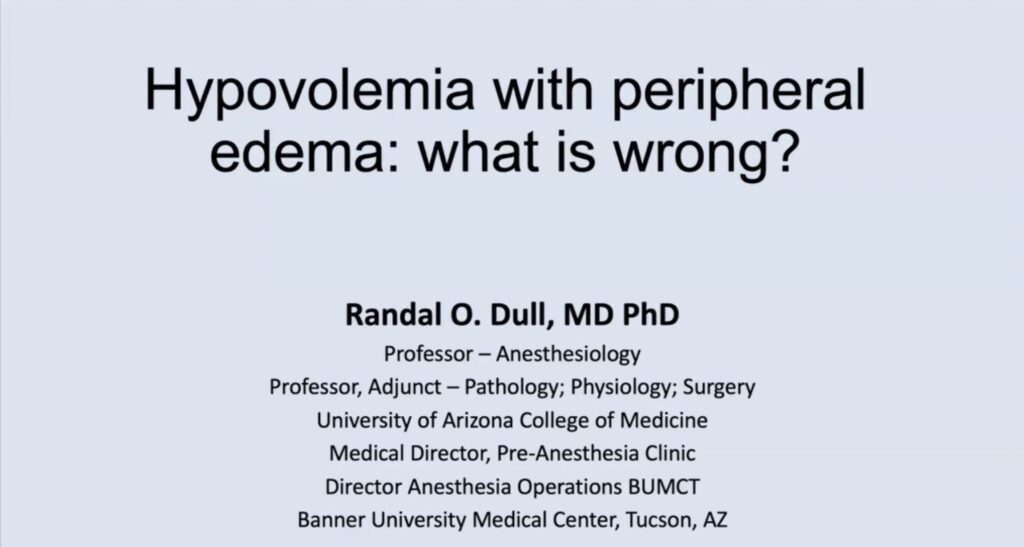Dr. Kim Boswell is an Emergency Medicine trained intensivist who not only works in the ED but takes care of some of the sickest patients at the University of Maryland in our Cardiac Surgery ICU. We were lucky to have Dr. Boswell come to discuss the intricacies of managing patients after cardiac surgery. Things run a little differently here, so this is a must listen primer prior to starting.
Podcast: Play in new window | Download
Subscribe: Apple Podcasts | RSS
Pearls
Good Post-Op Care – Assess patient for Perfusion, Coagulopathy, & Bleeding
- Perfusion & Hemodynamics
- Keep your HR between 80 – 100, use extreme caution with use of Beta Blockers in first 24 hrs (don’t do it)
- Keep MAP 70 – 80 – Beware post-bypass vasoplegia, some exceptions
- Give fluids first (in the 1st 5 hours, post-op pt is usually intravascularly volume deficient)
- Vasopressin 1st pressor of choice, followed by norepinephrine
- Remember other causes of hypotension (tension ptx, tamponade)
- Keep CI > 2.2 (use Epinephrine to get there)
- Myocardial microedema can occur in immediate post-op period causing a transient reduction in ejection fraction.
- Late signs: decreased UOP, skin changes, metabolic acidosis
- Coagulopathy comes in many forms!
- Platelet dysfunction: PFAs, TEG
- OR Anticoagulation: Heparin (ACT)
- Fibrinolysis (patient’s often receive aminocaproic acid post-bypass)
- Hypothermia (warm up your patient!)
Can’t Miss Complications
- Supraventricular arrhythmias are common post-cardiac surgery. Give amiodarone early and often.
- Ventricular arrhythmias should always concern you for ischemia. Consider myocardial ischemia and graft failure in your differential!
- Tamponade can be difficult to diagnose. Bedside TTE can be difficult as many fluid collections lie posteriorly. Strongly consider if:
- CVP rising
- Fluctuating MAP
- CI stays low despite increasing inotropic support
- The CODING post-bypass patient
- Use a clipboard when performing compressions to try and minimize mediastinal surgical wound contamination
- Keep sternal wire cutters at the bedside if patient needs emergent re-exploration or decompression of thoracic compartment
- Start pacing through epicardial leads if bradycardic
Suggested Readings
- St andré AC, Delrossi A. Hemodynamic management of patients in the first 24 hours after cardiac surgery. Crit Care Med. 2005;33(9):2082-93. [PubMed]




